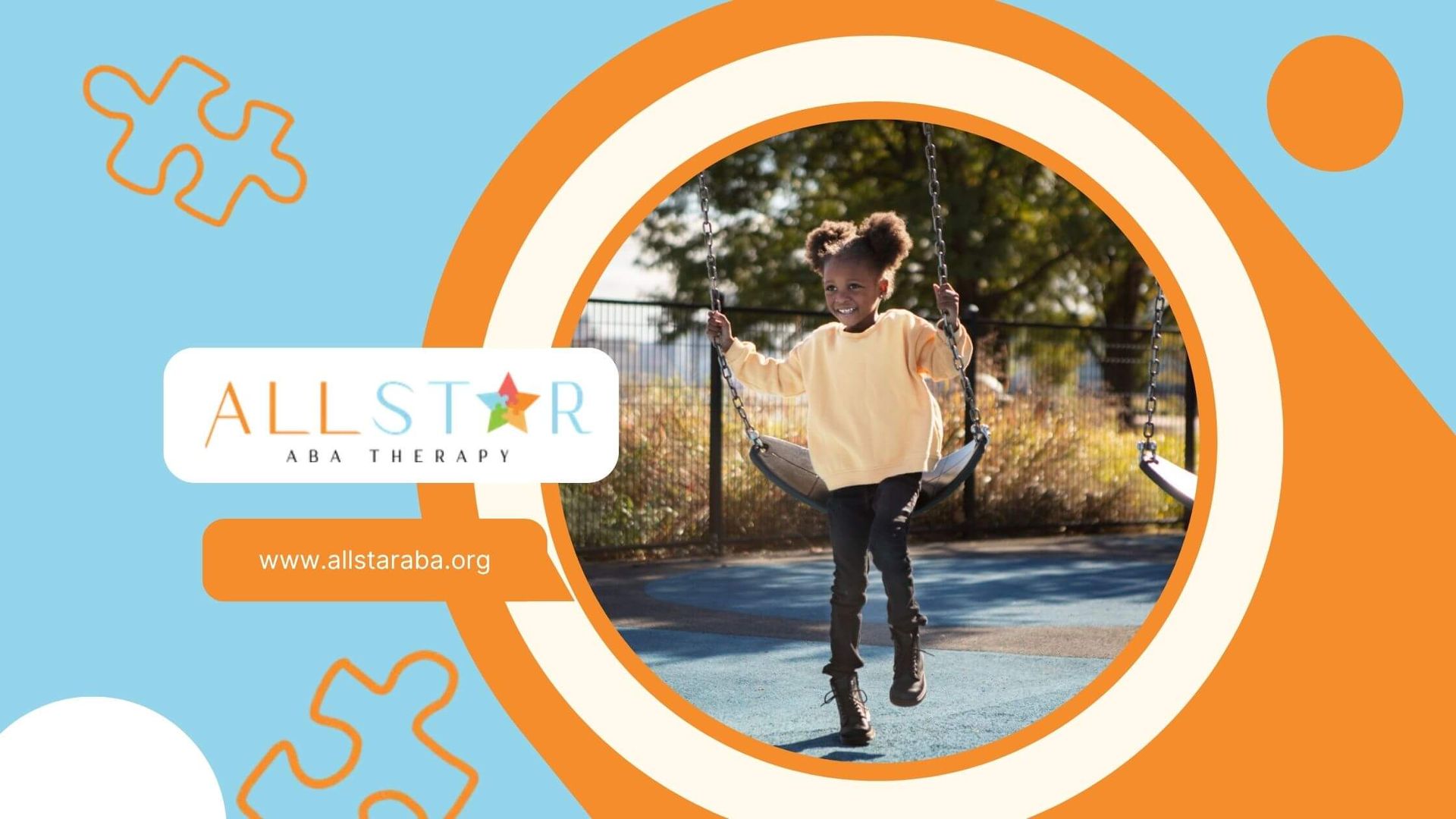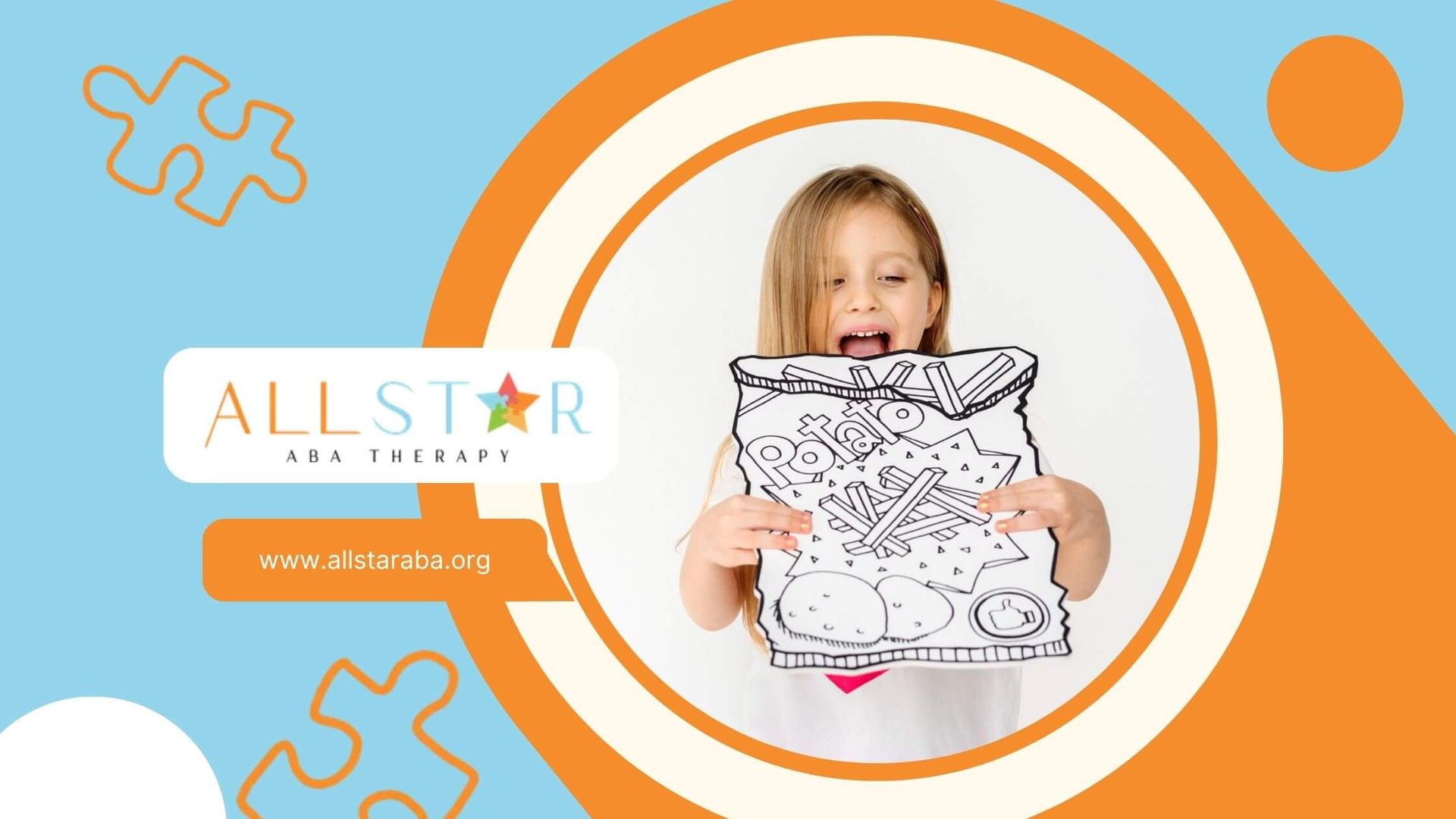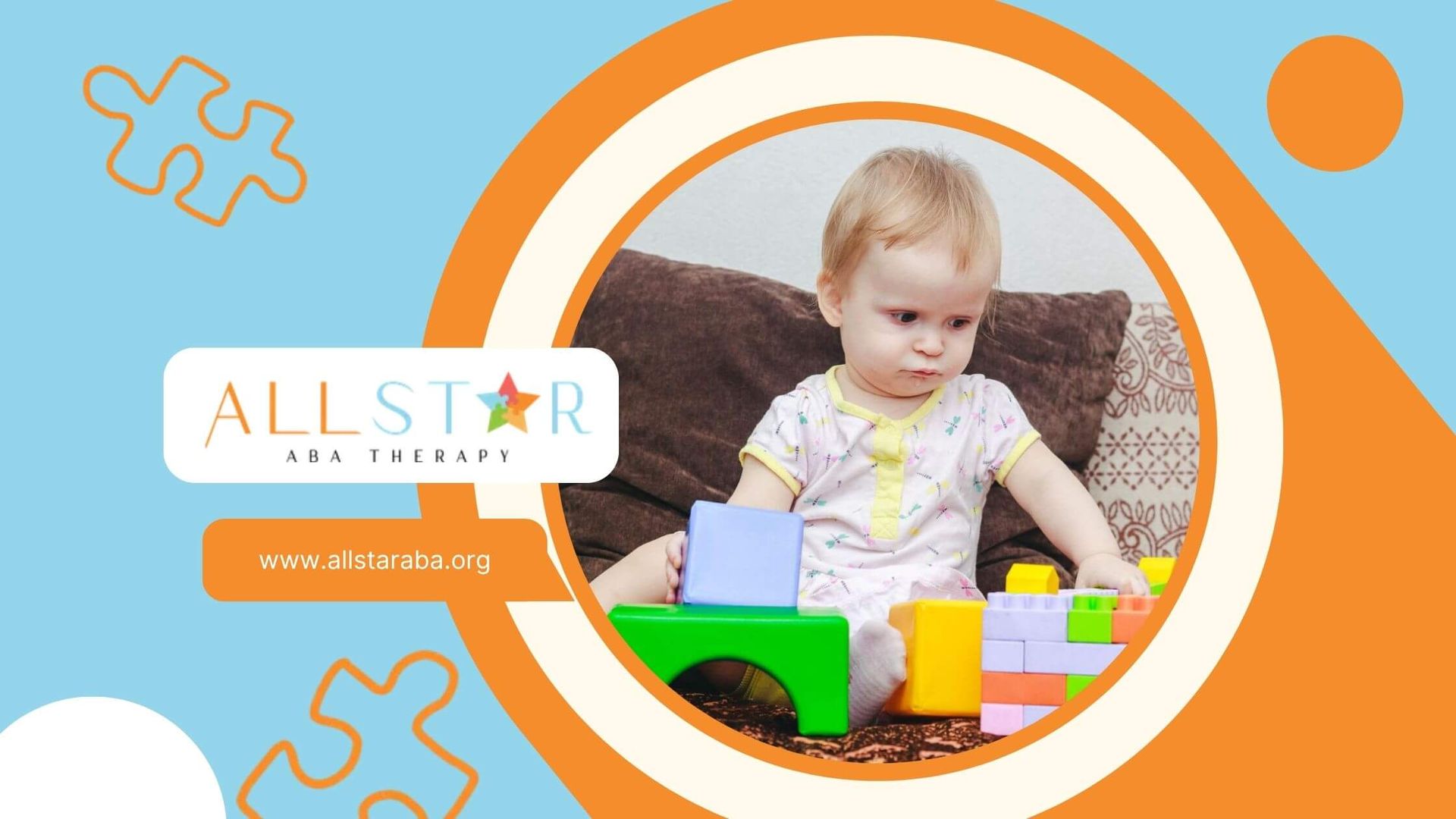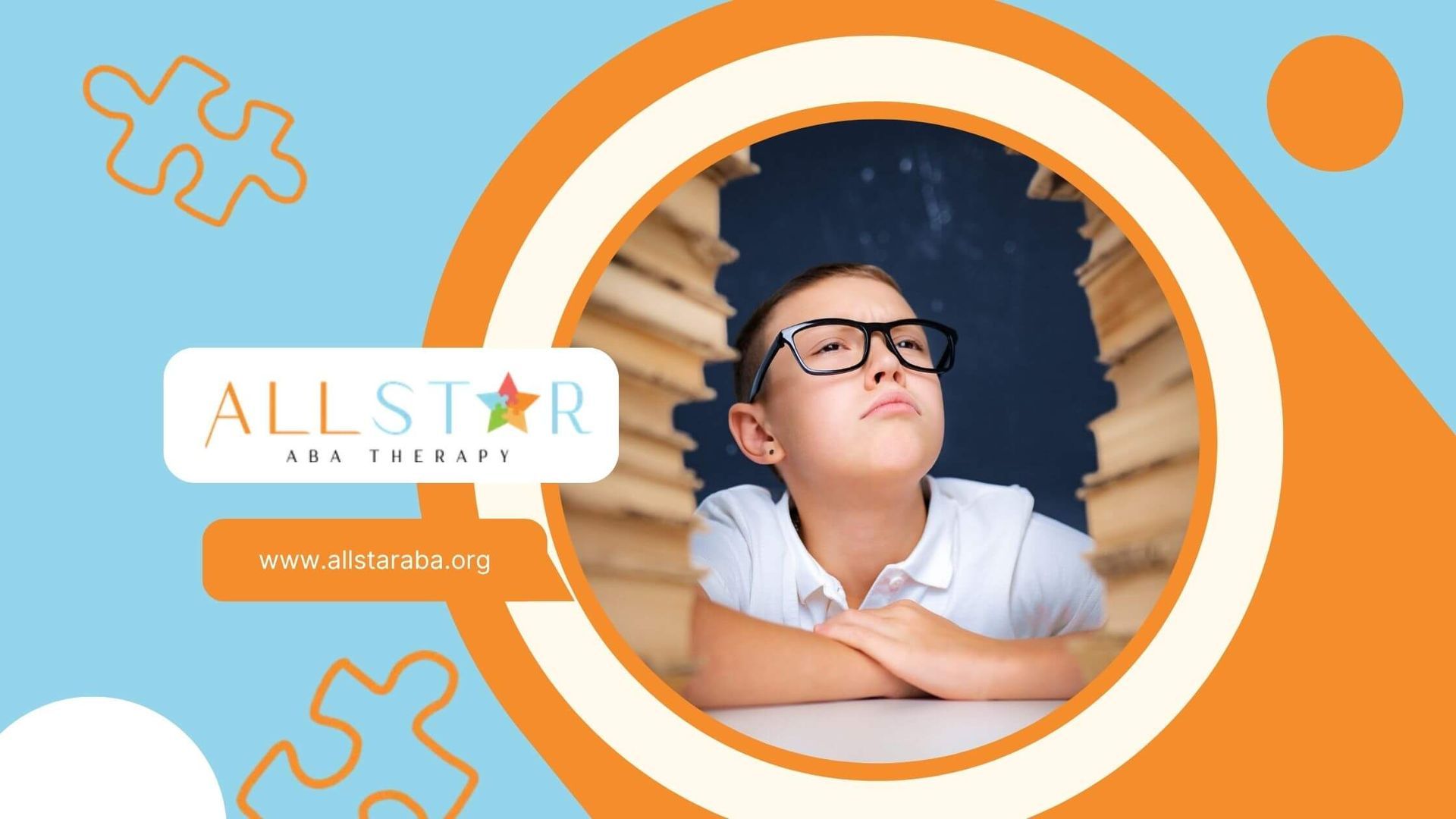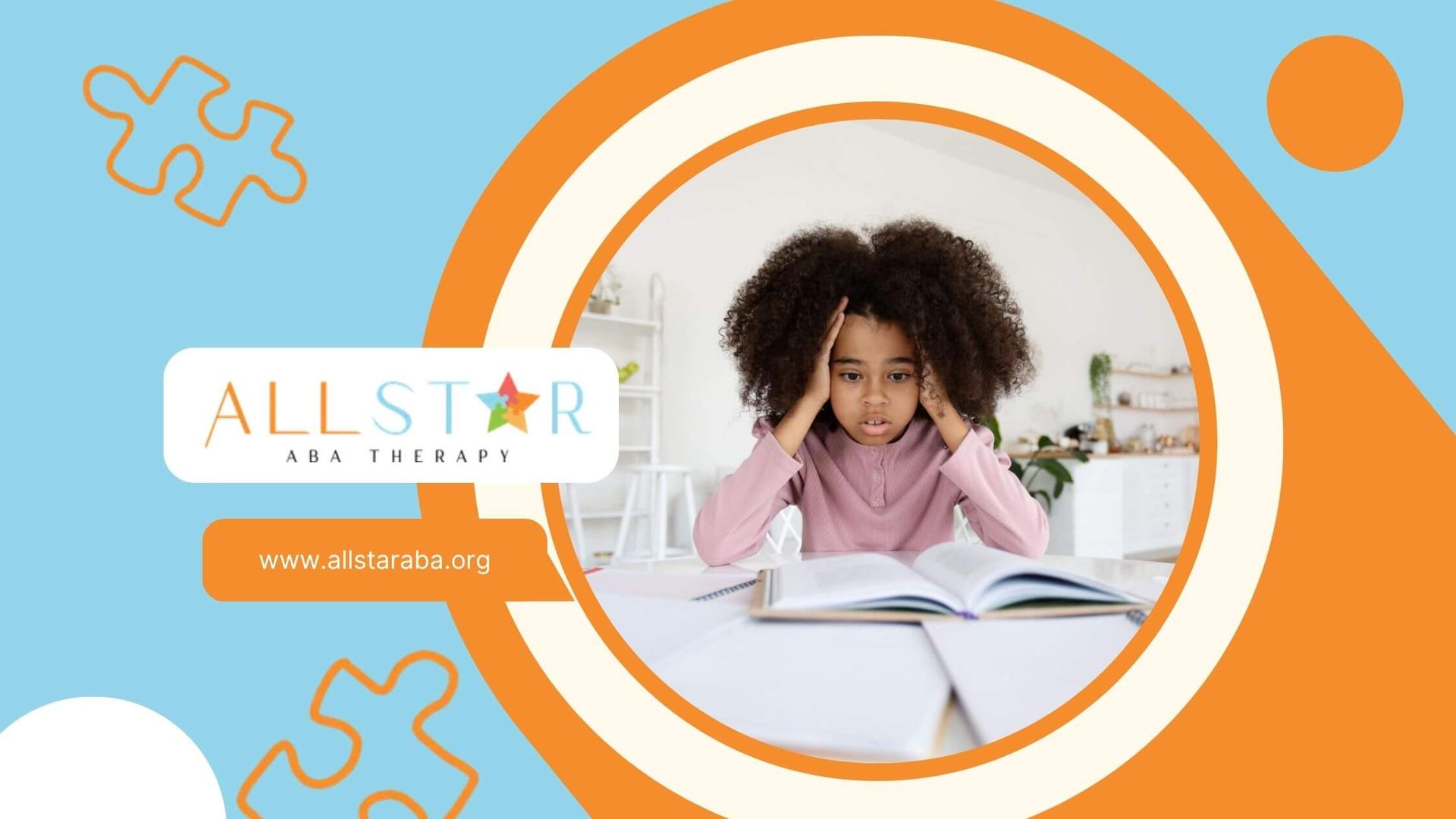New Paragraph
What Does Allistic Mean? Understanding Neurotypical vs. Autistic
The term "allistic" is used to describe individuals who are not on the autism spectrum. It contrasts with "autistic," which refers to people who have autism.
The word "allistic" helps to describe neurotypical individuals—those whose neurological development and functioning align with what is considered typical or standard in society.
Why Use the Term "Allistic"?
You might be wondering why there's a need for the term "allistic" in the first place. It’s important because language shapes how we understand the world and the people in it.
For those who are autistic, using terms like "allistic" can help clarify the difference between neurotypical (non-autistic) individuals and those with autism.
By using "allistic," we also help avoid the idea that being autistic is "abnormal" or "wrong." Instead, it frames autism as a difference, not a deficiency. Allistic individuals are simply those who don’t share the unique neurological traits of autism.
Understanding the Difference
The main difference between allistic and autistic individuals lies in how they experience the world.
Autistic individuals may have different ways of processing sensory information, social interactions, and communication. Allistic individuals, on the other hand, follow a more "typical" trajectory in these areas.
This distinction can be valuable in conversations about inclusion and neurodiversity. It encourages us to recognize the broad range of human experiences and abilities, helping to build a society that values all ways of thinking.
The Importance of Language
By using the term "allistic," we acknowledge that being autistic is just one of many possible ways the brain can work. It shifts the focus away from the idea of a "standard" way of being and embraces a more inclusive view.
It also encourages neurotypical individuals to see themselves as just one part of a diverse spectrum of human experiences.
Conclusion
In short, "allistic" is a term used to describe people who are not on the autism spectrum. It provides a way to differentiate between neurotypical individuals and those who are autistic. This distinction can foster greater understanding and acceptance, highlighting the value of neurodiversity.
At All Star ABA, we support individuals on the autism spectrum by providing personalized therapy and interventions designed to enhance communication, social skills, and daily functioning. If you or your loved one is looking for support, we offer:
We proudly serve families in Maryland and Virginia.
If you’re looking for personalized support for your child, reach out to us today to learn how our ABA services can help make a difference.
FAQs
What does "allistic" mean?
“Allistic” refers to individuals who are not on the autism spectrum. It contrasts with "autistic" to describe neurotypical people.
Why is the term "allistic" important?
The term helps to highlight the diversity of human experiences, fostering better understanding and acceptance of neurodiversity.
How does using "allistic" change the conversation around autism?
It moves away from viewing autism as a deficiency and instead frames it as a difference. This promotes inclusion and recognition of different ways of thinking.
Need Support?
We're Here to Help!
Our experienced team is ready to assist you. Reach out today to discuss how we can support your child's development and well-being.
Get started with expert ABA therapy today.




